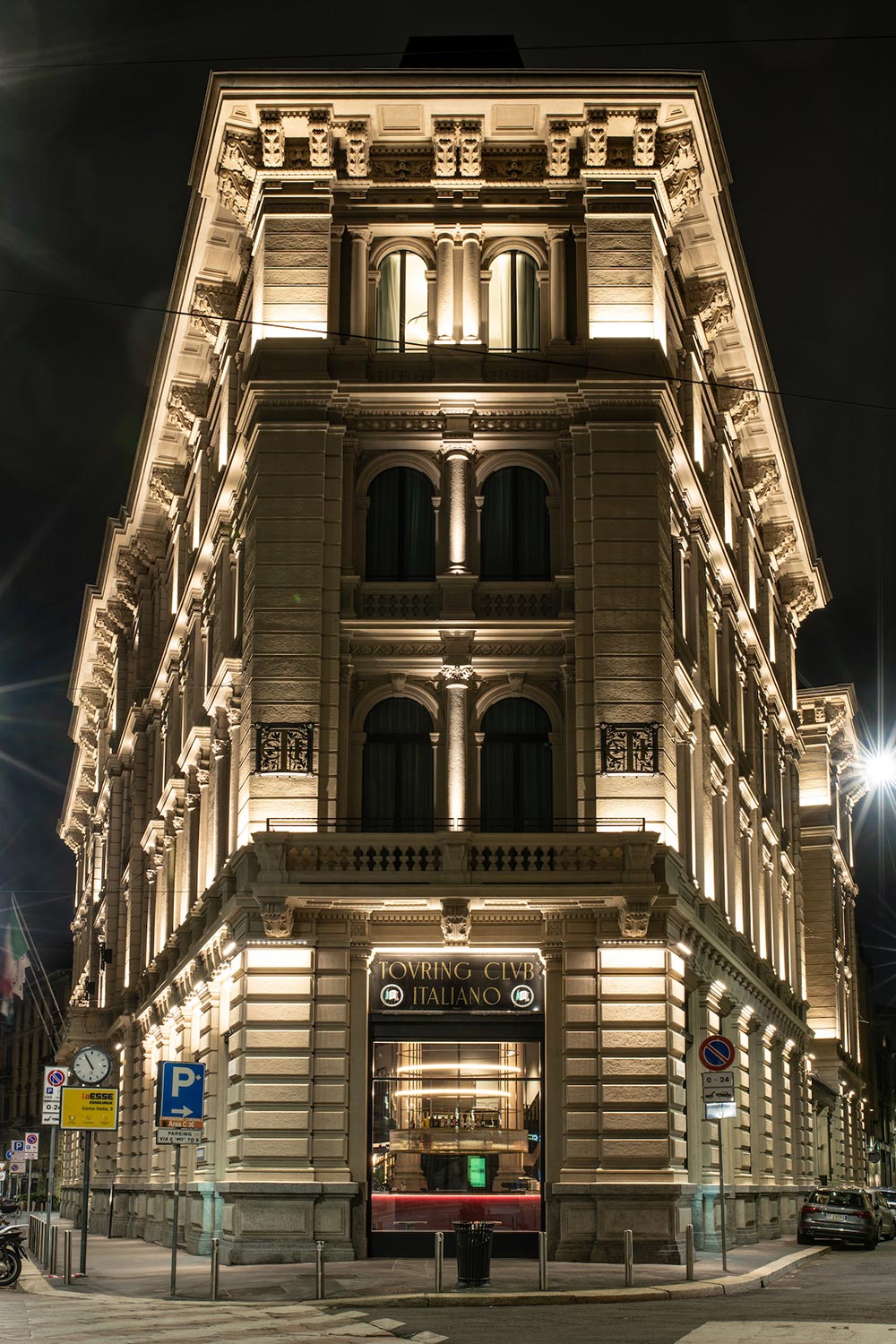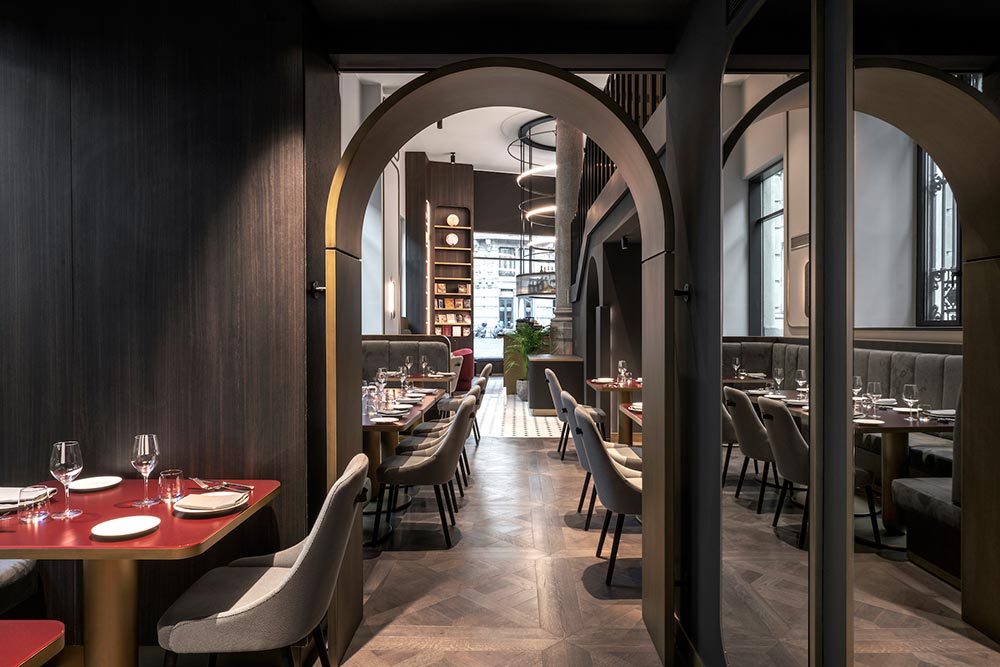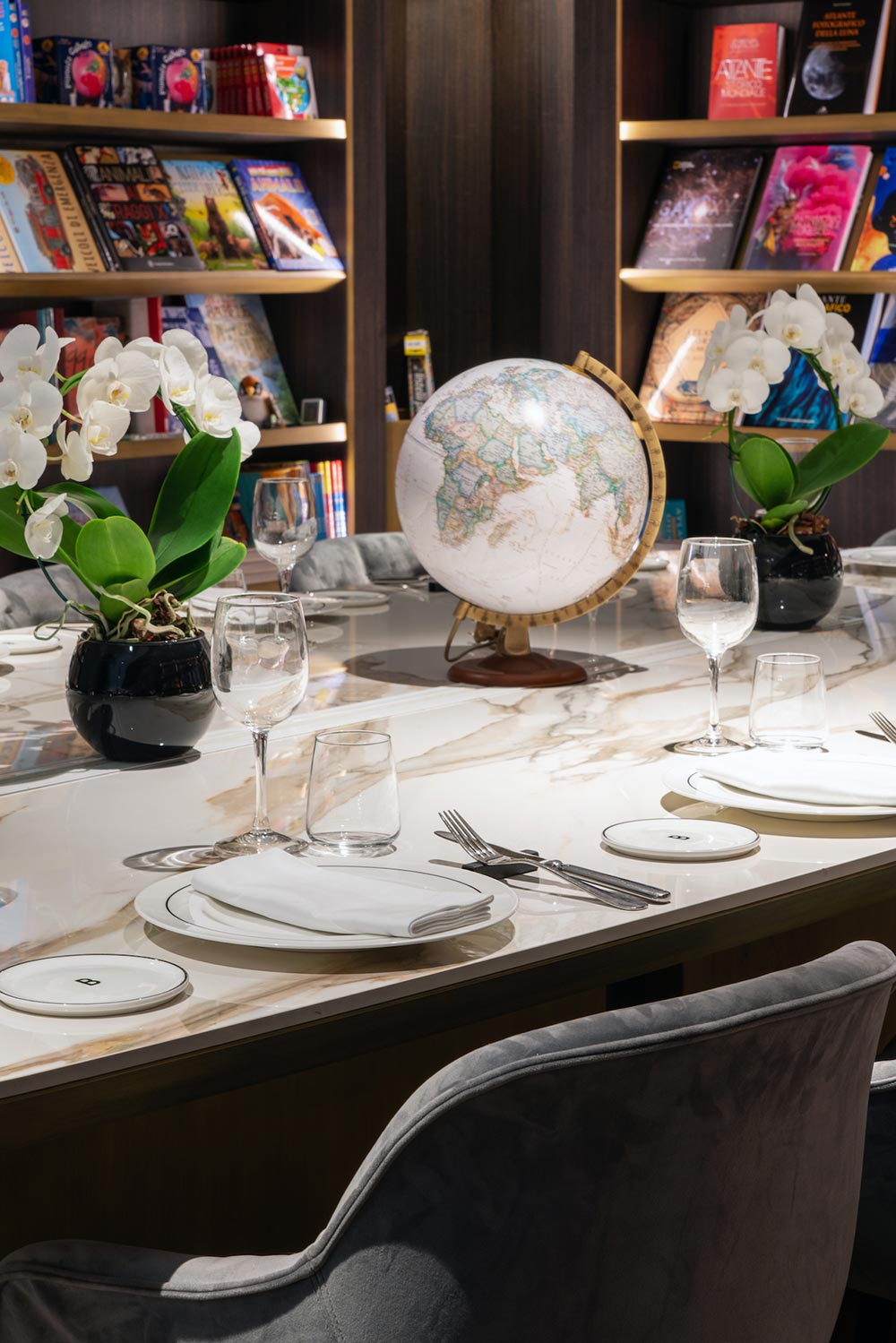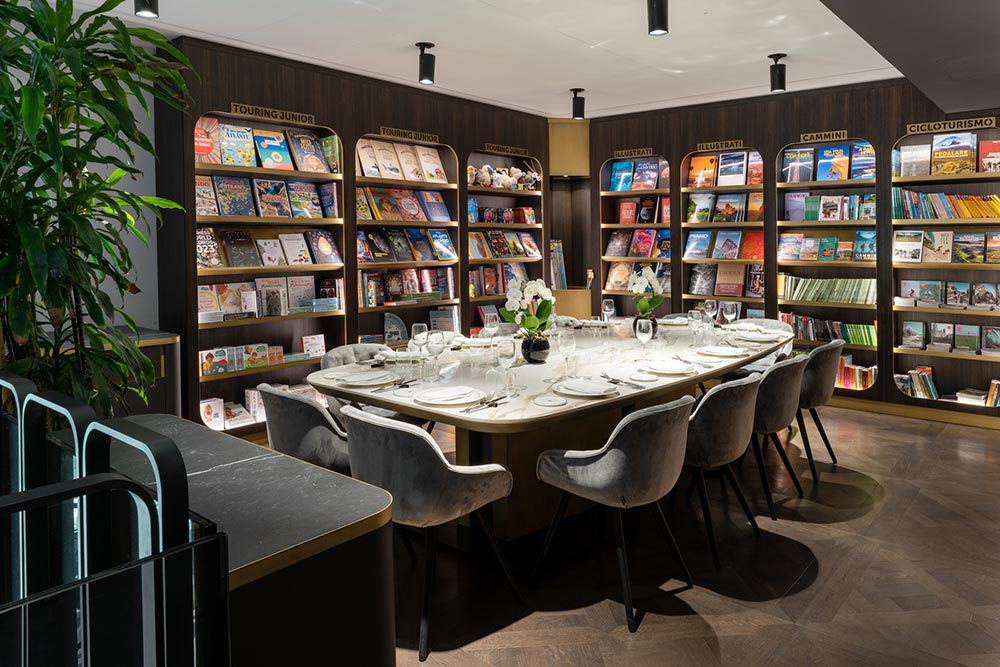A Historic Stay In Milan at the Radisson Collection Palazzo Touring Club
Milan unravels itself in layers, like the rich folds of a designer gown—and nestled in the heart of the city, just a five-minute stroll from Piazza Duomo, lies the ‘Radisson Collection Palazzo Touring Club’. It’s not just a place to rest your head; it’s a portal into Italy’s cycling-obsessed, trailblazing past.
In Milan, design isn’t just a philosophy, it’s a pulse. The city doesn’t merely exist; it performs. So, when I arrived at the ‘Palazzo Touring Club’, bags in tow and curiosity in check, I wondered: Would this be just another upscale address in a city that was teeming with them? Or was I about to tap into something deeper, perhaps even timeless? Spoiler alert, Milan likes to leave you guessing, and this place is no exception. Nestled not far from streets that sing with history, the staccato of clicking heels, the soft clatter of espresso cups, it feels like the hotel straddles two realities. The modern Milan of sleek fashion shows and artisanal gelato stands, and the older, world-wise Milan that shaped explorers, artists, and dreamers alike. You’d think it’s a contradiction, but here, contradictions are embroidered into the fabric of life.
When I stepped into the Palazzo’s stately foyer, I wasn’t greeted with the sterile grandeur typical of luxury hotels. Instead, history seemed to linger in every corner, whispering stories of discovery and adventure. It’s the former headquarters of the Touring Club Italiano, the organisation that, if we’re being romantic, helped invent modern tourism in Italy. Back in 1894, when bicycles were less trend and more revolution, a group of cycling enthusiasts envisioned two-wheeled travel as a way to forge deeper connections with Italy’s art-laden streets, golden countryside, and jaw-dropping coastlines. Think of them as the original architects of ‘slow travel’ before hashtags made it cool. Walking through its halls, I found something rare and refreshing, a place to remember why we travel at all.
Elegance Unscripted

Take the Duomo di Milano, for instance. Calling it a cathedral feels like calling da Vinci’s The Last Supper a doodle. It’s more ambition than stone, more poetry than place. Standing there, neck craned toward its dizzying spires, I didn’t just feel small, I felt like a footnote in an epic. It’s impossible not to surrender to the drama of it all, especially as I climbed to its rooftop. Up among its panoramic guardians, the silent statues and gargoyles that have gazed over this city for centuries, it became clear: Milan didn’t disappoint. It rarely does. And then the wind picked up, tossing my scarf around like a hapless tourist cliché. Below me, the city unfolded in a maze of rooftops, churches, and avenues that seemed to hum with life. They say the cost of admission to this view is a bit steep (literally, those stairs!), but nothing good ever comes easy in Milan which is also haute couture and polished decadence. Under its soaring dome, shoppers and dreamers alike stride across mosaics as though they’re part of the show. A few steps away, the Galleria Vittorio Emanuele II beckons, an opulent marriage of steel and glass that feels part shopping arcade, part opera set. Milanese women stroll like it’s their runway, coats flung just so over their shoulders, while tourists clutch shopping bags that look suspiciously empty. It’s a show, and we’re all part of the audience, whether we know it or not. I parked myself at a café table and ordered an espresso, slowly sipping as I soaked it all in. Perhaps it was the same sense of stolen luxury that early modernists felt when they designed the galleria in such grandeur and excess. You’re borrowing a bit of Milanese energy at its core, bold, unapologetically chic, quietly confident.
History Meets Wanderlust

By the time I returned to the ‘Palazzo Touring Club’ , its sense of calm elegance stood in stark contrast to Milan’s fevered streets. This isn’t just another chic hotel for people chasing Instagram-worthy corners (although let’s be honest, it’s all very photogenic). It’s for people who are, dare I say, seekers. Those who care less about monogrammed luggage and more about the story behind the cobblestones. Did past explorers marvel at the same cobblestones outside Teatro alla Scala, or weave their way through Brera’s artistic streets, long before Gucci corner stores took the Quadrilatero della Moda by storm? But here’s what really stuck: this isn’t just a hotel for those who want Milanian chic. Everything at the Palazzo feels curated for the modern-day explorer who hungers not just for a gorgeous room (check) or a fabulous bar (hello, negronis) but for a connection to the spirit of a place. Its Punto Touring, a dual-purpose travel agency and bookstore tucked inside feels like a love letter to Italy’s wanderlust-inducing charm. I couldn’t help but marvel at what those early travellers must’ve felt, setting off with a paper map in hand, their Italy likely dustier, quieter, and far less photographed. Did they chuckle over a glass of wine in Navigli’s canals? Gaze up at La Scala’s facade under the same golden haze of evening light? These thoughts stuck with me as I wandered out later that day, weaving my way through Brera’s bohemian-chic streets, armed with nothing but my curiosity and a camera on my iPhone. Funny what changes, and what doesn’t.
Milan’s Culinary Time Capsule

As I sat one evening, dining at Bistrot Bertarelli 1894 it felt less like a meal and more like stepping into Milan’s cultural memory, spoon in hand, this gem isn’t just a hotel restaurant, it’s something bigger. It’s a love letter to Milanese cuisine, written by a chef who understands tradition but isn’t afraid to scribble in the margins. When my saffron risotto arrived, its golden hue practically glowing, I hesitated, eating it felt almost sacrilegious. But one bite in, I was hooked. The dish was familiar yet unexpected, like hearing a classic song performed in an entirely new key. Each bite carried the delicate precision of someone who knows the city’s culinary heritage inside out but sees it as a living, breathing art form. The menu nods to Italian classics, but there’s nothing predictable here, just respect paired with ingenuity. Equal parts local haunt and professional hideaway, it’s just as suited for aperitivo with colleagues as it is for a long, slow dinner with friends. And with private mezzanine dining rooms for those bigger moments, it’s more than a restaurant, it’s a Milanese stage where food plays the starring role. By the end of my stay, I realized this wasn’t just a hotel. It felt like a handshake between you and the city’s history. Or maybe more, a nod, an unspoken agreement that says, Milan’s been waiting for you all along. Even in the plush comfort of my room, I could hear the faint hum of activity beyond the windows, Milan wide awake, because Milan never really sleeps.

Fast Facts
Where? Corso Italia, 10, 20122 Milano MI, Italy
Call?: +3902124128300
Web: www.radissonhotels.com/en-us/hotels/radisson-collection-milan-palazzo-touring-club